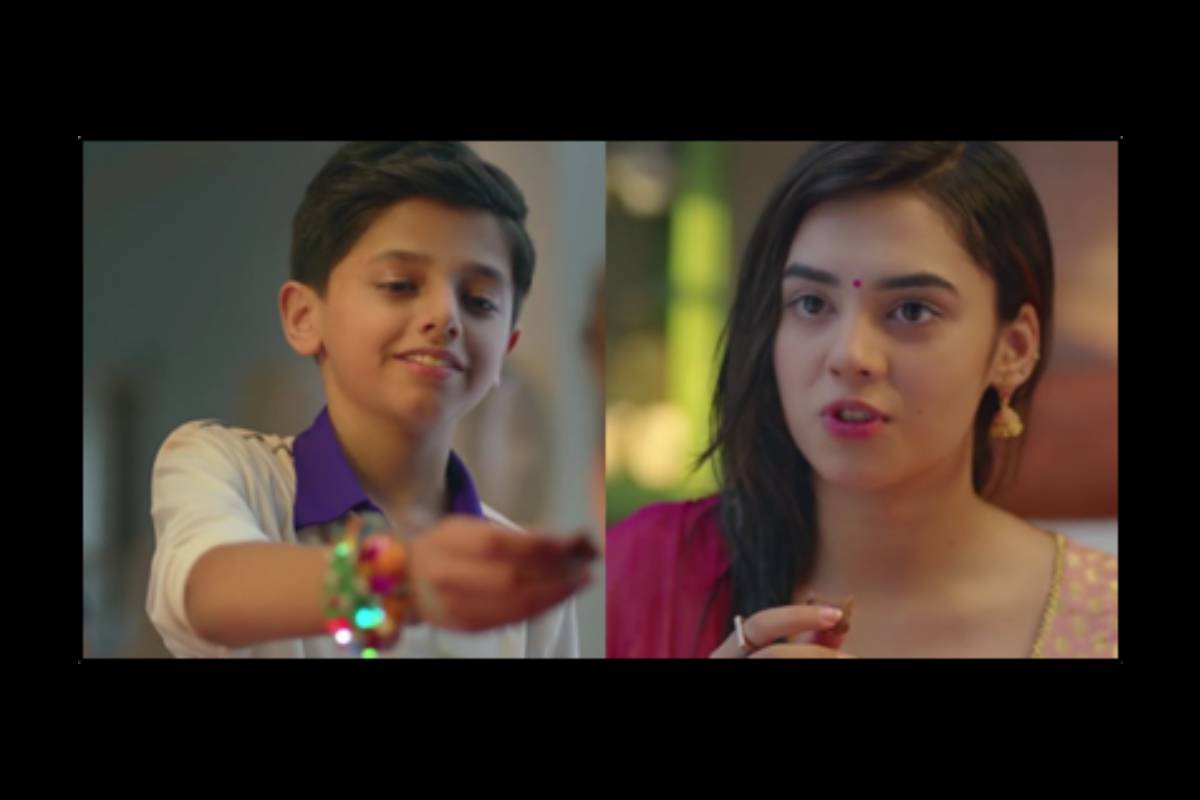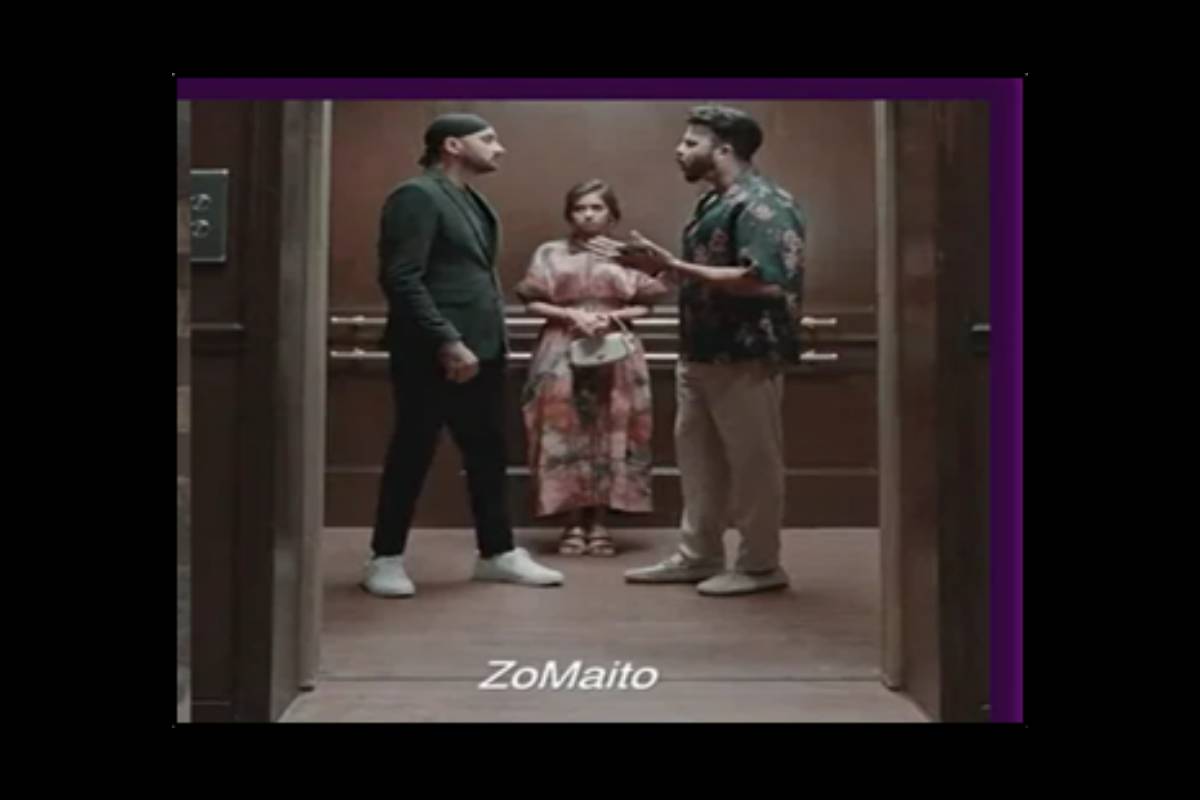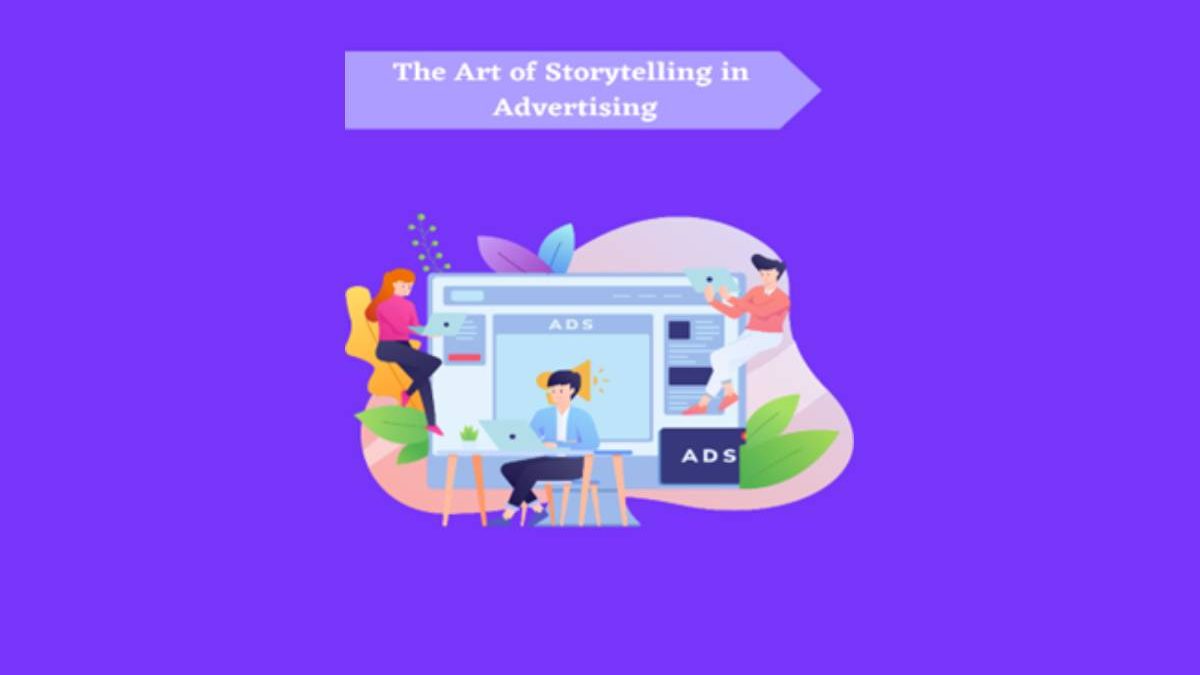Introduction
In the fast-paced world of advertising, capturing consumers’ attention and leaving a lasting impact is crucial. One powerful approach that has revolutionized the industry is storytelling. The art of storytelling in advertising goes beyond simply promoting product features. It enables brands to connect emotionally with their target audience, creating memorable and impactful advertisements. Through this blog, let’s discover the art of storytelling in advertising and how it can create memorable brand experiences that resonate with your audience.
Understanding Advertising and Storytelling
What is Advertising?
First, let’s understand what exactly we mean by advertising. Advertising refers to the process of promoting a product, service, or idea to a target audience. It encompasses various strategies and techniques aimed at raising awareness, generating interest, and ultimately driving consumer action.
Exploring the Power of Storytelling
Storytelling is an age-old tradition that has captivated audiences for centuries. It is a fundamental aspect of human communication and has the power to engage, inspire, and evoke emotions. Storytelling has the power to connect anyone with anything and when applied to advertising, storytelling transforms a simple message into a compelling narrative, making it more relatable and memorable
The Power of Storytelling in Advertising
Storytelling in advertising is a powerful tool and it goes beyond traditional advertising methods that allows brands to forge a deeper connection with their audience. By telling a story, brands can tap into the emotions, values, and aspirations of their consumers. This emotional connection creates a lasting impression, increasing the likelihood of brand loyalty and advocacy.
The Elements of Effective Advertising Storytelling
Identifying the Target Audience
To create a successful advertising story, it is essential to understand the target audience. By identifying their needs, desires, aspirations and challenges, brands can craft narratives that resonate with their consumers on a personal level.
Creating Emotional Connections
Emotions play a vital role in storytelling. Effective advertising stories evoke emotions such as joy, empathy, humor, love or nostalgia, which help consumers form a strong bond with the brand. By appealing to emotions, brands can create a memorable experience that goes beyond product features.
Maintaining Authenticity
Authenticity is key to successful storytelling in advertising. Consumers appreciate brands that stay true to their core values and deliver genuine narratives that can establish trust and credibility, fostering a deeper connection with their audience.
The Role of Characters in Advertising Stories
Developing Memorable Characters
Characters act as the driving force behind advertising stories. Memorable characters engage the audience and brands that can humanize their narratives and make them more engaging. Memorable characters leave a lasting impression on the audience, increasing the chances of brand recall.
One example of successful character development is the creation of ZooZoos by a telecom operator during the second season of the Indian Premier League (IPL) in 2009.
ZooZoos were introduced to promote the telecom operator’s value-added services. These unique and lovable characters quickly captured the audience’s attention and became a sensation. Their distinct appearance, playful antics, and humorous expressions resonated with viewers, making them memorable and easily recognizable. The ZooZoos successfully conveyed the brand’s messaging and became synonymous with the telecom operator’s services during the IPL seasons, fostering a strong brand identity and enhancing brand recall.

Using Characters to Portray Brand Values
Characters in advertising stories can also be used to reflect the personality of a brand. By aligning the character’s traits and actions with the brand’s image, advertisers can reinforce their brand message and cultivate a strong brand identity.
Visual Storytelling
Selecting the Right Visuals
Visual elements play a crucial role in advertising storytelling. Selecting the right visuals, such as images, videos, or illustrations, can enhance the narrative, create a strong emotional impact, and effectively convey the brand’s message.
The CRED- Rahul Dravid ad is a prime example of storytelling in advertising. It humorously portrays Rahul Dravid, known for his calm demeanor, in an angry and frustrated role. Through captivating visuals and witty dialogues, the ad showcases how CRED’s services simplify credit card bill management.

Visual Storytelling Techniques
Visual storytelling techniques such as composition, color, and symbolism, visual storytelling can enhance the emotional impact of advertisements. Clever use of visuals adds depth and intrigues to the story, making it more memorable and captivating.
The Impact of Storytelling on Brand Perception
Evoking Emotions and Building Trust
Storytelling in advertising has the power to evoke emotions, fostering a sense of connection and empathy between the brand and the consumer. By appealing to an emotional bond, brands can build trust, leading to increased brand loyalty and foster positive brand associations.
For Instance, Ariel’s #ShareTheLoad campaign in India addressed the unequal burden of household chores on women. Through their storytelling techniques, they posed the question, “Is Laundry Only A Woman’s Job?” The campaign sparked conversations, built trust, and positioned Ariel as a brand supporting women’s empowerment.

Enhancing Brand Recall and Recognition
Memorable stories have a long-lasting impact on consumers’ minds. By crafting narratives that stand out, they are more likely to remember the brand behind it. This increased recall can have a significant impact on purchasing decisions and brand preference.
In 2022, Dove’s powerful storytelling campaign on Daughters’ Day, featuring #StopTheBeautyTest, challenged beauty standards and promoted self-acceptance. Their digital and print ads urged people to redefine beauty, resulting in enhanced brand recall and recognition. By addressing a meaningful issue, Dove positioned themselves as advocates for inclusivity and empowerment.

Integrating Storytelling Across Advertising Channels
TV Advertising
Television Advertising is a powerful tool that can be used to reach a large audience and influence their buying decisions. This platform provides an immersive platform for storytelling. Advertisers can leverage compelling narratives, well-developed characters, and engaging visuals to create impactful advertisements and leave a lasting impression.
“Cadbury Celebrations – Raksha Bandhan Special” leverages this medium effectively. Through a heart-warming narrative and captivating visuals, the campaign communicated the essence of Raksha Bandhan and the emotional connection it creates between siblings. The storytelling in this commercial left a lasting impression on the viewers, making it more than just an advertisement but a memorable experience.

Social Media Campaigns
Social media offers an interactive space for storytelling, allowing brands to engage directly with their audience. Platforms like Facebook, Instagram, and YouTube offer excellent opportunities to to share serialized stories, user-generated content, and behind-the-scenes narratives.
Zomato‘s recent campaign captures various pronunciations of its brand name, sparking curiosity and generating engagement among the audience. Dividing the audience into two teams, ZoMaito or ZoMaato, the campaign encourages conversations and generates buzz, increasing brand awareness. By showcasing the diverse ways people pronounce the brand name, Zomato creates a relatable and light-hearted narrative, connecting with the audience on a personal level.

Print and Outdoor Ads
Even in traditional print and outdoor advertising, storytelling can be effectively utilized. Through captivating visuals, concise narratives, and thought-provoking messages, brands can capture attention, communicate their message, and create a memorable impression.
A recent example from McDonald’s showcases French fries pointing the way to the nearest restaurant. It exemplifies the artistic concept of their OOH advertisements. Each design stands out as a visually captivating piece of art. McDonald’s demonstrates how their innovative use of incomplete imagery adds intrigue and captures attention in the realm of print and outdoor advertising.

The Future of Storytelling in Advertising
With the rise of immersive technologies, the future of storytelling in advertising holds great promise. Brands will have access to a multitude of new and improved avenues for delivering engaging and interactive stories. Moreover, the integration of personalization and data-driven insights will enable brands to tailor their storytelling strategies to individual consumers, further enhancing the emotional connection and creating impactful advertising campaigns. This convergence of technology and storytelling presents a promising landscape, where brands can unlock the full potential of immersive experiences to captivate their audience in unprecedented ways, ushering in a new era of advertising storytelling.
Nykaa’s “Try Before You Buy” feature exemplifies the future of storytelling in advertising. By leveraging augmented reality, customers can virtually try on different lipsticks, seeing how they look on their own skin before purchasing. This personalized and immersive experience creates a deeper connection with consumers, enhancing engagement and informed decision-making.

Conclusion
Storytelling in advertising has indeed evolved into an art form that surpasses the mere presentation of product features. It now focuses on forging emotional connections with consumers and making a lasting impression. By gaining a deep understanding of their target audience, crafting authentic narratives, and effectively utilizing visuals and characters, brands can create unforgettable stories that resonate with consumers across diverse advertising channels. These impactful narratives have the potential to leave a lasting impact and foster long-term relationships with the audience. As the art of storytelling continues to evolve, it will remain an indispensable tool for advertisers, allowing them to capture attention, evoke emotions, and establish meaningful connections with their ever-changing audience.
Related posts
Sidebar
Recent Posts
The Rise of Legal Tech Startups: What Law Firms Need to Know
Introduction The legal profession, often rooted in tradition and resistant to change, faces a technological revolution. Legal tech startups are…
Shiba Inu vs. Dogecoin: The Battle of the Meme Coins
In the realm of cryptocurrency, there has been an ongoing battle between two popular meme coins, Shiba Inu and Dogecoin….




Review The Art of Storytelling in Advertising.